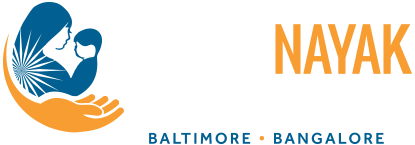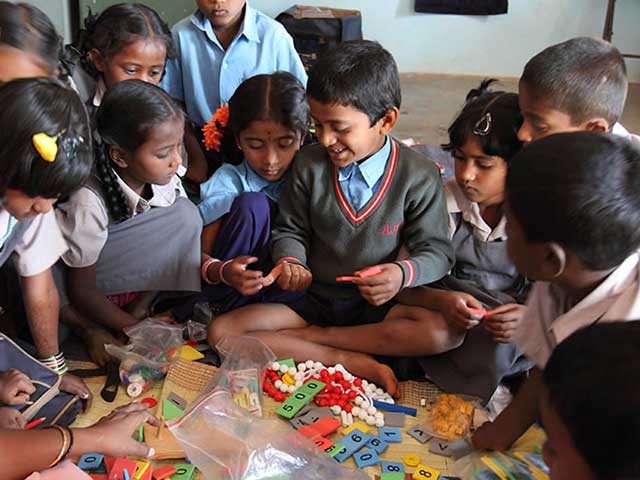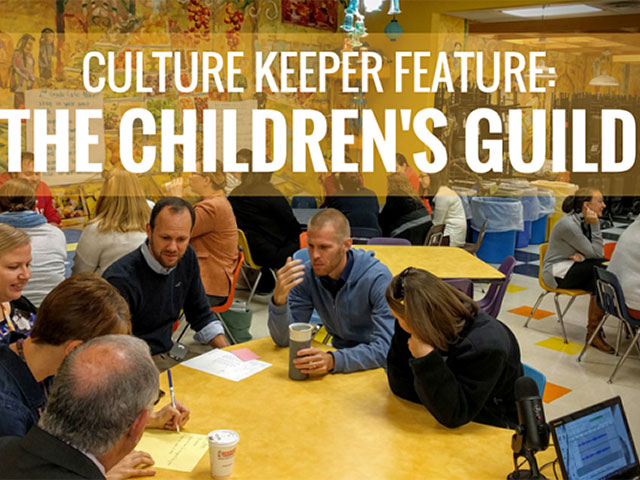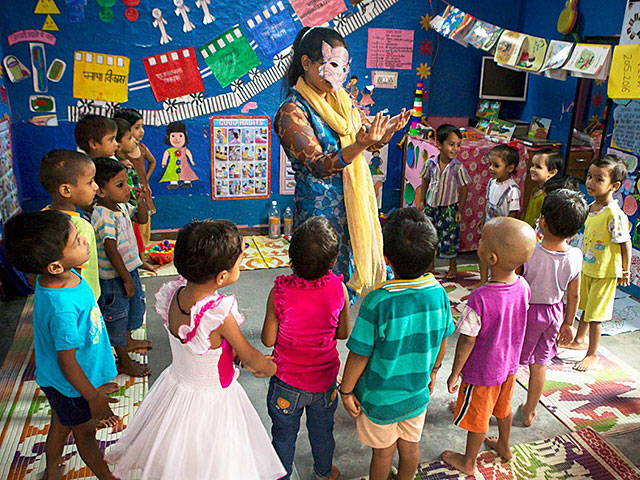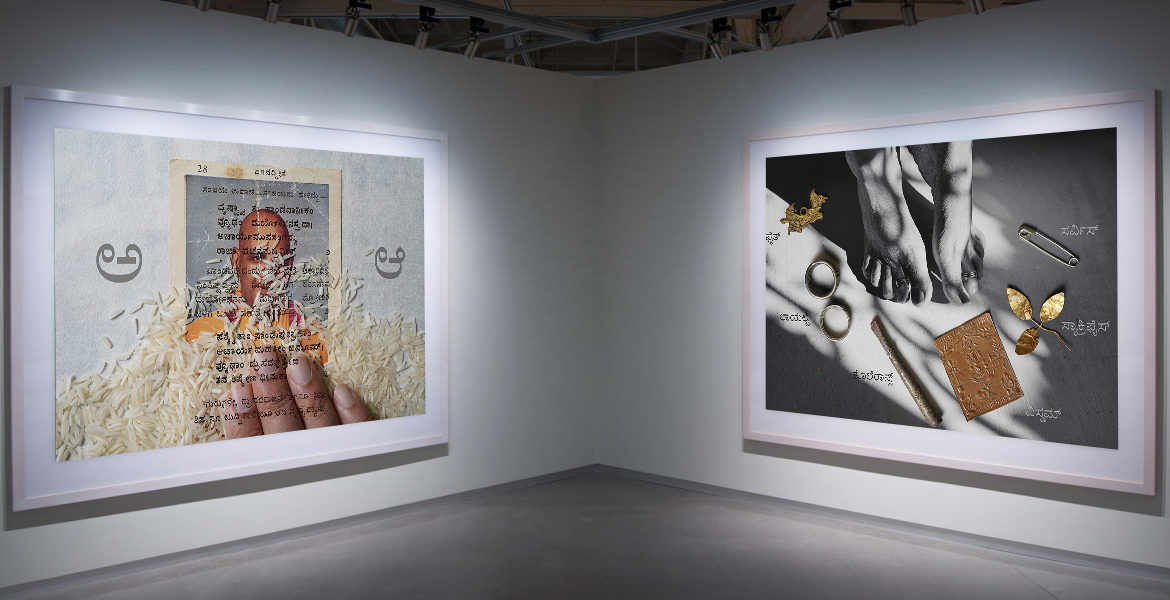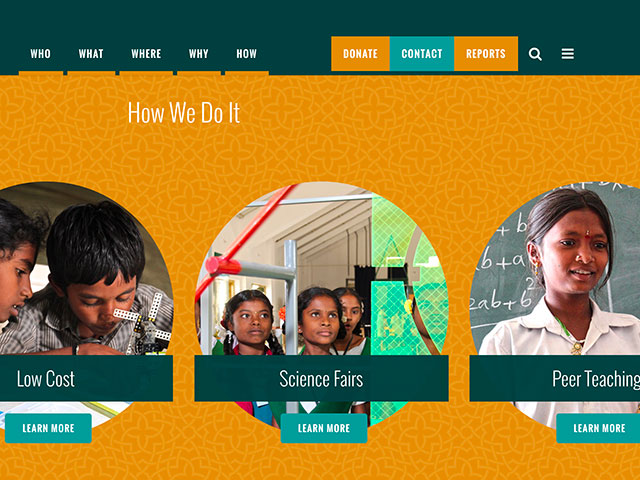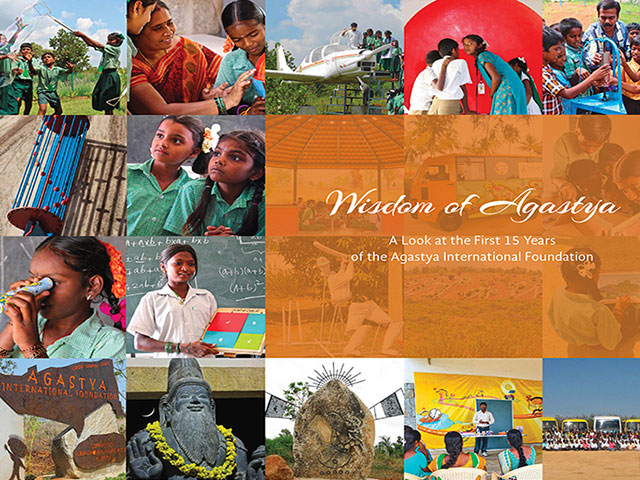Homeless Persons Representation Project
https://murthynayak.org/wp-content/uploads/2017/07/homeless_use.jpg 640 480 Vasant Nayak Vasant Nayak https://secure.gravatar.com/avatar/3b9293b8ba9ac4549e3798f1184b5b175c3a7bbf176bf7cee9c2ec5c0482e7f5?s=96&d=mm&r=gHomeless Persons Representation Project, Inc. (HPRP), is Maryland’s only legal services and advocacy organization committed to eliminating homelessness. HPRP’s dedicated staff and volunteers provide free legal services, including advice, counsel, education, representation and advocacy, for low-income persons who are homeless or at risk of becoming homeless. Pursuing long term, systemic solutions to homelessness is also a critical part of HPRP’s work. The MurthyNAYAK Foundation partners with HPRP because homelessness is a human tragedy anyone of us could face, given only slightly different circumstances.
HPRP’s staff and volunteers deliver legal services through outreach in shelters, soup kitchens, welfare offices, community centers, and the street. The group’s practice areas are listed below.
Access to Public Benefits Project
HPRP represents families and individuals in efforts to obtain and preserve state disability, welfare, food stamps, Medicaid, veterans’, and other benefits. By increasing access to public benefits, people can meet their basic human needs of food, health, and adequate shelter. Greater income security also creates more economic activity in the communities where people live.
Veterans Legal Assistance Project
The Veterans Legal Assistance Project (VLAP) is a component of HPRP’s Access to Public Benefits Project. VLAP helps veterans who are homeless or at risk of becoming homeless obtain critical VA disability benefits, a variety of other federal and state disability benefits, and discharge upgrades. VLAP operates a legal clinic twice-monthly at the VA Medical Center in downtown Baltimore as well as rotating legal clinics in rural counties.
Homeless Youth Initiative
The Homeless Youth Initiative provides outreach, legal representation, and advocacy for and with homeless youth, ages 13 to 25, who do not have access to a parent or guardian in Baltimore City. The initiative operates two community-based legal clinics, one at a youth shelter and the other at a youth drop-in center. Legal representation is provided in the areas of public benefits, housing, and expungement of criminal records.
Housing Justice Project
Preventing and ending homelessness are core components of HPRP’s programs. In the Housing Justice Project, HPRP attorneys represent tenants of federally subsidized housing in court eviction proceedings and in administrative hearings with the Housing Authority of Baltimore City to prevent homelessness. For persons already homeless, HPRP attorneys represent families and individuals in their endeavors to access or preserve shelter and housing.
Reducing Barriers to Housing and Employment Imposed by Criminal Records Project
HPRP attorneys and volunteers represent homeless people in proceedings to expunge records of charges that result in non-convictions or convictions for minor, nonviolent offenses, advocate for expansion of statutory eligibility for expungement, and urge housing providers and employers to provide opportunity and access.
ON THE WEB: http://www.hprplaw.org/
